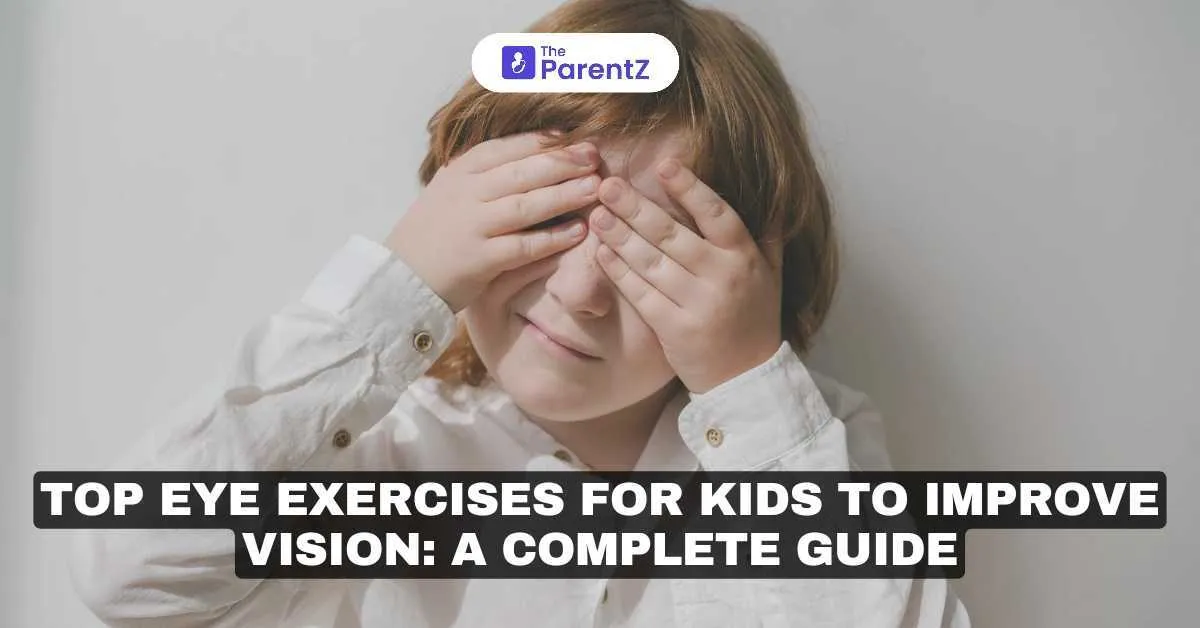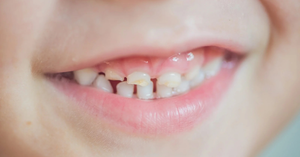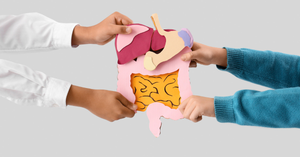In today's digital age, children's eyes are under more strain than ever, leading to a rise in vision problems. Incorporating vision exercises into their daily routine can significantly improve their eye health and overall visual skills. While these exercises cannot cure refractive errors like myopia or hyperopia, regular vision exercises can help strengthen eye muscles, improve focus, and enhance visual processing skills.
Understanding Eye Health in Children
Before starting any vision exercises, it's important to understand that:
- Children's visual system continues developing until age 7-8
- Regular eye exercises can help prevent eye strain
- These exercises should complement, not replace, prescribed vision correction
- Any eye exercise routine should be approved by an eye care professional
Pencil Push-Ups
How to Do It:
- Hold a pencil at arm's length and focus on a single letter.
- Slowly bring the pencil closer to the nose until double vision occurs.
- Move it back out while maintaining focus. Repeat this 9-10 times.
Benefits:
This exercise strengthens convergence (the ability to focus on nearby objects) and is particularly beneficial for children with conditions like strabismus or amblyopia.
Things to Avoid:
Ensure that your child maintains a comfortable posture while doing this exercise to prevent neck strain.
The Eye-Palming Game
How to Do It:
- Rub hands together to warm them up.
- Gently place palms over closed eyes and relax for a few minutes, imagining a peaceful scene.
Benefits:
This exercise helps relax the eye muscles and relieve stress, making it perfect after screen time or before bed.
Things to Avoid:
Make sure your child is in a quiet environment free from distractions during this exercise.
Focus Shifting Exercise
How to Do It:
- Have your child hold a small object (like a pencil) at arm's length.
- Ask them to focus on it while slowly bringing it closer to their nose and then back out again.
Benefits:
This exercise improves focusing ability and flexibility, which are crucial for maintaining good vision as they grow.
Figure 8 Exercise
How to Do It:
- Imagine drawing a large figure 8 on its side about 10 feet away.
- Trace the figure 8 with the eyes for a few minutes, then switch directions.
Benefits:
This exercise enhances eye flexibility and coordination, which is vital for activities requiring good visual tracking.
Blinking Contest
How to Do It:
- Have a fun contest where kids try to blink as many times as possible in a minute.
Benefits:
Encourages regular blinking, which keeps the eyes moist and reduces dryness associated with prolonged screen use.
Eye Rolls
How to Do It:
- Have your child roll their eyes slowly in a clockwise direction and then counterclockwise.
Benefits:
- This exercise helps improve eye movement flexibility and reduces tension in the eye muscles.
Follow the Finger
How to Do It:
- Use one finger as a point of focus and have your child follow it with their eyes as you move it side-to-side, up-and-down, and in circles.
Benefits:
This exercise enhances tracking skills and coordination between both eyes.
Important Guidelines
Timing Considerations
- Best performed when a child is alert
- Avoid immediately after waking
- Not recommended before bedtime
Environment Setup
- Good natural lighting
- Quiet, distraction-free space
- Proper seating arrangement
Safety Measures
- Clean hands before exercises
- Regular breaks between exercises
- Monitor for any discomfort
Monitoring Progress
Signs of Improvement
- Better concentration
- Reduced eye strain
- Improved reading ability
- Enhanced hand-eye coordination
Warning Signs
- Headaches
- Eye pain
- Blurred vision
- Dizziness
Conclusion
While vision exercises can be beneficial for children's eye health, they should be part of a comprehensive approach to vision care. Remember that these exercises are meant to complement, not replace, professional eye care. Regular eye check-ups, proper nutrition, and good vision habits remain essential for maintaining optimal eye health in children.
Always start slowly, monitor progress, and maintain consistency for the best results. If your child experiences any discomfort during these exercises, discontinue immediately and consult an eye care professional.








Be the first one to comment on this story.